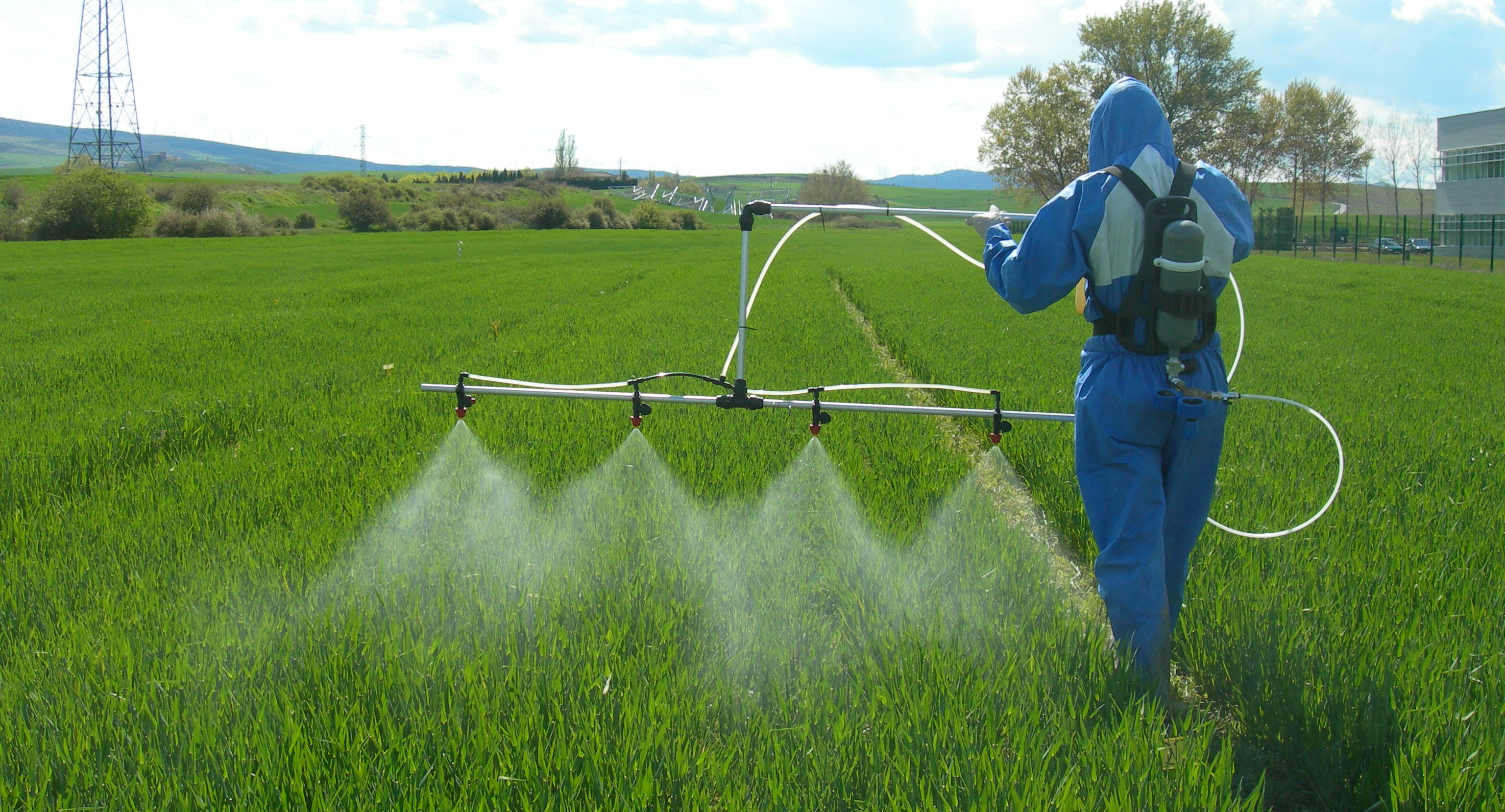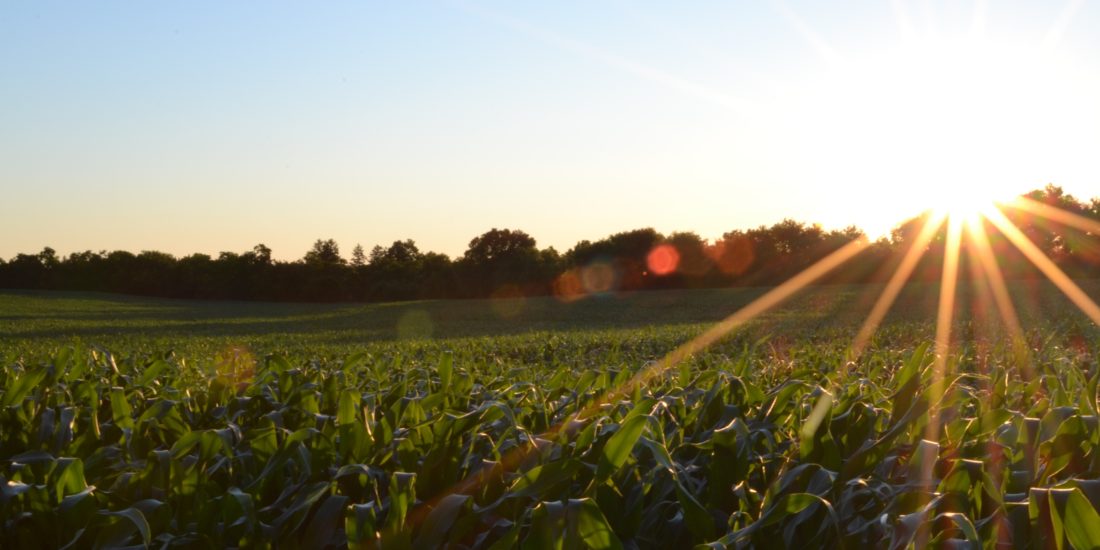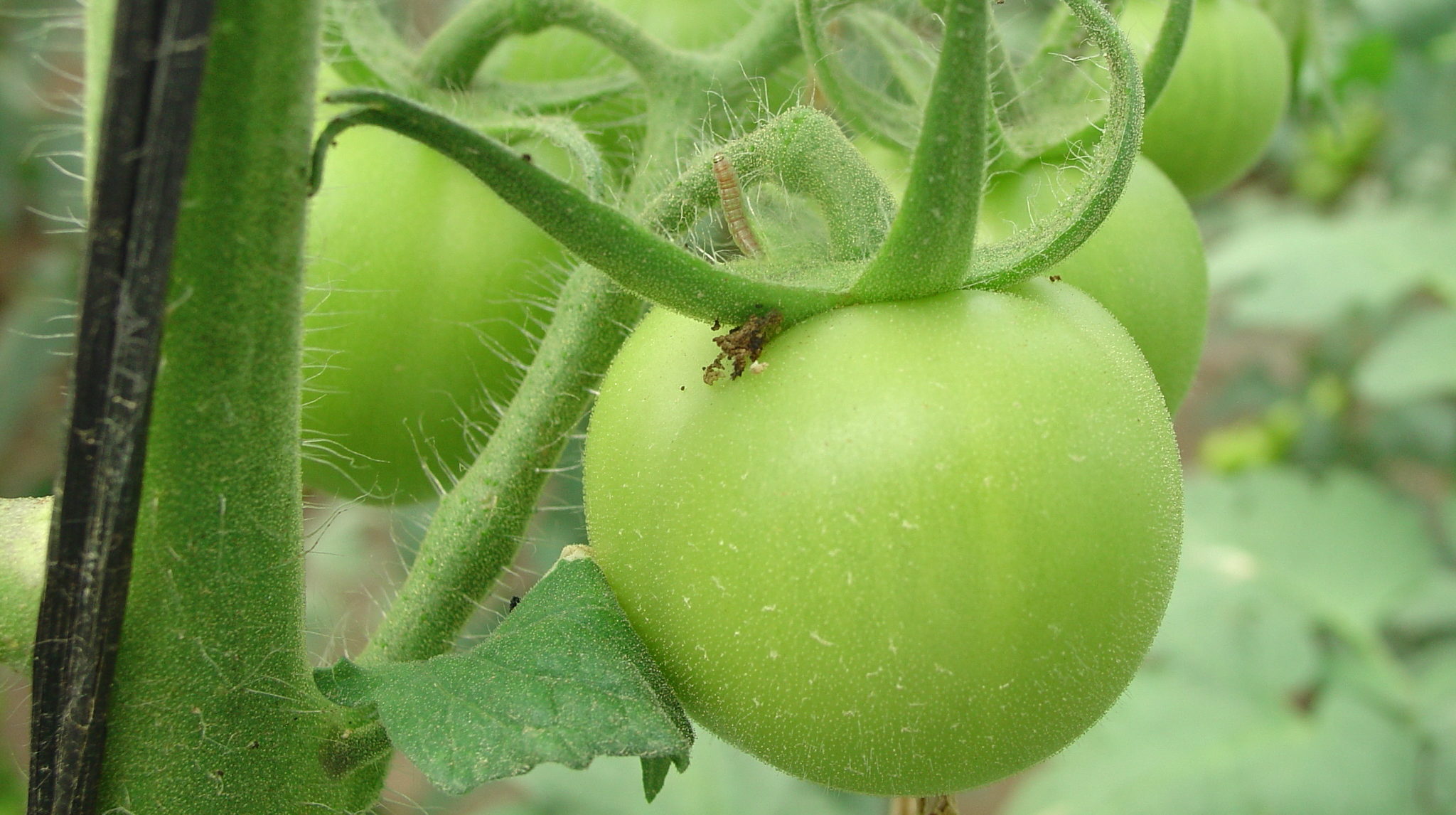What are Plant Protection Products?
Plant Protection Products (PPP), also known as phytosanitary products, acquires a fundamental importance in agriculture when it comes to guarantee the productivity and safety of the crops. Therefore, it is essential to have an adequate knowledge of the types that exist, their composition, uses, risks and the legislation that regulates them.
According to the World Health Organization (WHO), a phytosanitary product is that substance or mixture of substances intended to prevent the action of, or directly destroy, animal or plant life forms detrimental to public health and also for agriculture during the production, storage, transportation, distribution and processing of agricultural products and their derivatives.
A fact to emphasize the leading role of Plant Protection Products in today’s agriculture is that it has been estimated that different pests can affect up to 40% of world food production.
In the development of Plant Protection Products, several scientific disciplines are involved, such as biology, agronomy, chemistry, engineering, genetic engineering, computer science, economics or sociology. At the time of its development, we must not only consider aspects relating to its effectiveness, but we must also make them respectful with the environment and ecologically sustainable.
Types of pests
We understand by plague any organism that affects a crop causing economic losses. Pests can be classified according to two criteria:
For the agent that produces it:
- Invertebrate animals (insects, mites, nematodes, gastropods).
- Pathogenic organisms or diseases (fungi, bacteria, viruses).
- Weeds.
- Vertebrate animals (rodents, birds, etc.).
For the type of damage they cause:
- Direct: when the part to be harvested from the plant is affected.
- Indirect: when the part to be harvested from the plant is not damaged, but others, affecting the quality and production of the first.
How to act before a plague?
We can contemplate two types of actions focused on ending pests: preventive and those that can be carried out once the plague has acted.
The ideal would be to anticipate the attack, for which it is essential that there is an efficient exchange of information between countries, in order to prevent the appearance of harmful agents.
In case our product has already been affected, the process to follow would be to diagnose the problem correctly by studying the symptoms presented by the plant; later the damage would have to be evaluated and, finally, a decision on the treatment to be applied would have to be made.
Composition of Plant Protection Products
A phytosanitary product is a chemical formulation consisting of different components and classified as:
- Active principle: is the compound that acts directly on the agent to be eliminated.
- Inert principle: they are neutral compounds that help in the diffusion of the active ingredient and dilute it, thus lowering its toxicity.
- Coadjutants: substances that improve the effectiveness of the active principle as stabilizers or dyes.
Types of Plant Protection Products
There are many and varied criteria for classifying phytosanitary products. Below we describe the most common.
According to the agent they act on:
- Insecticides (insects).
- Acaricides (mites).
- Nematicides (nematodes).
- Fungicides (fungi).
- Bactericides (bacteria).
- Herbicides (weeds).
- Molluscicides or helicides (snails and slugs).
- Rodenticides (rodents).
According to the mode of action:
The chemical composition of each product determines how it will act to eliminate a particular pest. There are about 24 modes of action in insecticides and acaricides, 12 in fungicides and 15 in herbicides.

According to its behavior in the plant:
For this classification, the key factor to consider is the mobility of the PPP within the plant. They may be:
- Contact or superficial: they remain on the surface of the plant, since they do not move.
- Penetrating or translaminar: goes inside the plant, but without moving to other parts of it.
- Systemic: the pesticide, once inside the plant, is incorporated into the flow of sap, reaching all its parts.
According to the different types of pests on which it acts:
- Polyvalent or broad spectrum products: they affect many different types of pests.
- Specific or selective products: they are responsible for eradicating one or two types of pests.
Nowadays the development of phytosanitary products is oriented towards specific products, since they are more respectful with the environment. On the other hand, broad-spectrum species can lead to ecological imbalances by destroying species that are, in a way, beneficial.
Plant Protection Products and human health
The use of phytosanitary products can lead to health problems both in people who handle them directly, and in consumers. The poisoning routes can be three: digestive, respiratory and cutaneous.

In the case of those who work directly with PPPs, they must have the training and adequate equipment to avoid such risks. Among other things, it is important to read the labeling, the safety data sheets and the rules of use of the different products.
To avoid that the food arrive contaminated to the market, they must be treated according to the instructions of each product, be collected in a suitable period of time after the last treatment (safety term) and have a traceability that allows us to follow their trail in each moment.
Plant Protection Products and the environment
Phytosanitary products can cause serious problems in the environment, affecting the quality of water, air, soil and living beings. To avoid and mitigate these effects we must take measures, some of them are: use authorized products and do so according to the instructions provided by the manufacturer, adequate doses, avoid spills on the ground or not to treat on rainy days to avoid being dragged.
Legislation on Plant Protection Products
As it could not be otherwise, the use of phytosanitary products is adequately regulated in Spain. The most important national regulations for PPP regulation are the following:
- Law 43/2002, of November 20, on Plant Health: it specifies the mechanisms for the prevention and control of pests, regulates the conditions of commercialization, the rules of labeling and the sale and purchase with other countries.
- Royal Decree 1311/2012: incorporates into European legislation the European Directive 2009/128 / EC, in order to obtain a sustainable use of pesticides.
- Royal Decree 1702/2011: on the periodic inspections of the application equipment for plant protection products.
- Regulation (CE) 1107/2009: deals with the commercialization of phytosanitary products, being mandatory and direct compliance by all member countries of the European Union.
We can conclude that the development and application of Plant Protection Products acquires great relevance in agriculture and, therefore, in food and in the global economy. This specific weight in society, added to the risk associated with toxicity and environmental problems, means that phytosanitary products are highly regulated by law, thus trying to avoid their possible adverse effects both in humans and in their environment.



Leave a Reply